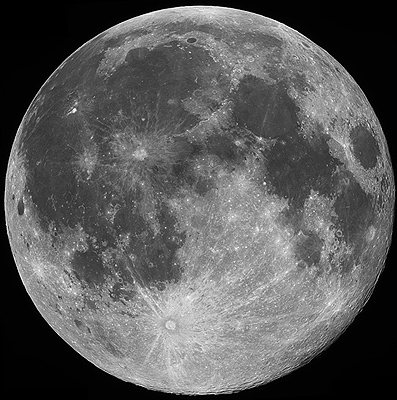Difference between revisions of "February 16, 2004"
| (3 intermediate revisions by the same user not shown) | |||
| Line 1: | Line 1: | ||
__NOTOC__ | __NOTOC__ | ||
=The Image that Launched LPOD= | =The Image that Launched LPOD= | ||
| + | <!-- Start of content --> | ||
<table width="640" border="0" align="center" cellpadding="6" cellspacing="2"> | <table width="640" border="0" align="center" cellpadding="6" cellspacing="2"> | ||
<tr> | <tr> | ||
| Line 33: | Line 34: | ||
<p class="story"><b>Related Links:</b><br> | <p class="story"><b>Related Links:</b><br> | ||
Frank Barrett's Web Site: [http://celestialwonders.com/ Celestial Wonders] </p> | Frank Barrett's Web Site: [http://celestialwonders.com/ Celestial Wonders] </p> | ||
| − | <p | + | <p><b>Yesterday's LPOD:</b> [[February 15, 2004|Volcanic Rump]] </p> |
| + | <p><b>Tomorrow's LPOD:</b> [[February 17, 2004|Prelude to Apollo - Ranger 8]] </p> | ||
</td></tr> | </td></tr> | ||
</table> | </table> | ||
| Line 45: | Line 47: | ||
<p align="center" class="main_titles"><b>Author & Editor:</b><br> | <p align="center" class="main_titles"><b>Author & Editor:</b><br> | ||
[mailto:tychocrater@yahoo.com Charles A. Wood]</p> | [mailto:tychocrater@yahoo.com Charles A. Wood]</p> | ||
| − | < | + | <!-- Cleanup of credits --> |
| − | + | <!-- Cleanup of credits --> | |
| − | < | + | <!-- Cleanup of credits --> |
| − | + | <!-- Cleanup of credits --> | |
| − | < | + | <!-- Cleanup of credits --> |
| − | + | <!-- Cleanup of credits --> | |
| + | <!-- Cleanup of credits --> | ||
</tr> | </tr> | ||
</table> | </table> | ||
<p> </p> | <p> </p> | ||
| − | ---- | + | <!-- End of content --> |
| − | + | {{wiki/ArticleFooter}} | |
| − | |||
Latest revision as of 18:12, 7 February 2015
The Image that Launched LPOD
Image Credit: Frank Barrett |
|
The Image that Launched LPOD! Lunar Picture of the Day (LPOD) was conceived in response to this photo appearing as APOD - Astronomy Picture of the Day - on December 12, 2003. There the image was shown dramatically as a negative - with white and black reversed. Here its as photographer Frank Barrett saw it in the sky on December 8, 2003. The full Moon reminds us in its shadowless monochrome of dark and light hues that its a simple world, with only two major landscapes and compositions. There are the dark lava flows of the maria and the bright, heavily cratered highlands of anorthosite elsewhere. Unlike the Earth, which has been profligate in creating rocks of many compositions and landscapes of hundreds of types, the Moon is dominated by the two most fundamental geologic processes in the solar system: impact cratering and volcanism. It is helpful in understanding the solar system that one of its more simple bodies orbits one of the most complex - we can explore the alpha to omega of planetary evolution. Technical Details: Related Links: Yesterday's LPOD: Volcanic Rump Tomorrow's LPOD: Prelude to Apollo - Ranger 8 |
|
Author & Editor: |
COMMENTS?
Register, Log in, and join in the comments.




